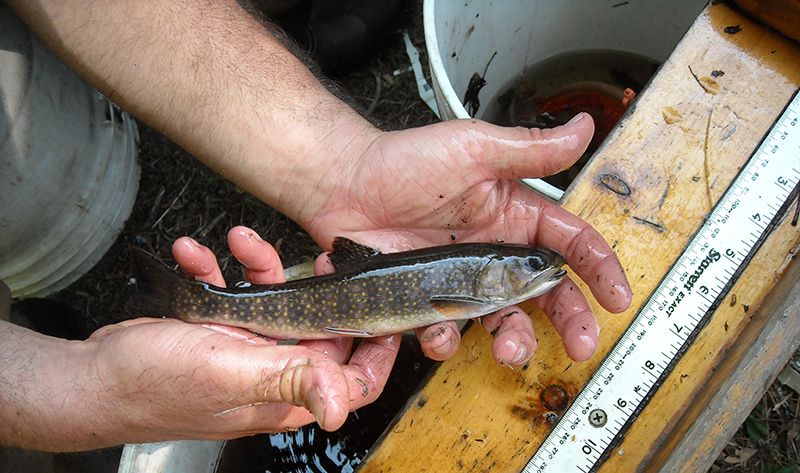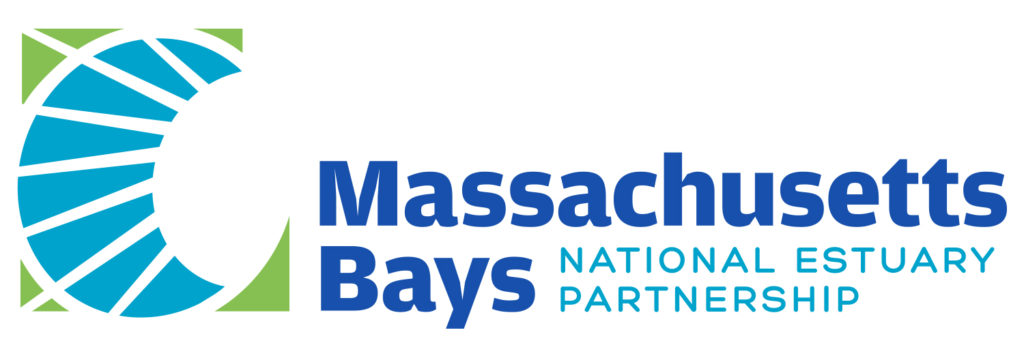 The Third Herring Brook will be able to keep its “cool” with new protections provided from being designated a Coldwater Fisheries Resource (CFR) by Massachusetts Division of Fisheries and Wildlife. CFR-designated streams support fish that require cold water such as native brook trout, slimy sculpin, black-nosed and longnose dace, and white suckers. These fish are rarely found in our area anymore because we pipe hot runoff into our streams from pavement, have old dams in our rivers, and withdraw too much water from our streams particularly in the summer.
The Third Herring Brook will be able to keep its “cool” with new protections provided from being designated a Coldwater Fisheries Resource (CFR) by Massachusetts Division of Fisheries and Wildlife. CFR-designated streams support fish that require cold water such as native brook trout, slimy sculpin, black-nosed and longnose dace, and white suckers. These fish are rarely found in our area anymore because we pipe hot runoff into our streams from pavement, have old dams in our rivers, and withdraw too much water from our streams particularly in the summer.
Fish Tagging – Not A Game
Last year NSRWA Ecologist and South Shore Regional Coordinator for the MassBays Partnership, Sara Grady, and Massachusetts Division of Fisheries and Wildlife Biologist, Steve Hurley surveyed the Third Herring Brook and found that native eastern brook trout were using the brook in the area where we had removed the Tack Factory dam in 2017. Prior to dam removal, we had known of remnant populations in tributaries to the Third Herring Brook.
We speculated that with the dam removed and temperatures reduced (the former pond temperatures were well over 80 degrees in the summer!) the populations would be reconnected. We monitored their movements by inserting electronic tags into the fish and found they are using the mainstem of the brook after hundreds of years of being cut off!
(We will be honoring Steve Hurley, Massachusetts Division of Fisheries and Wildlife and Geoffrey Day, Sea Run Brook Trout Coalition for their work at the NSRWA Annual Meeting on Friday, November 1.)
Science Raises the Standards
Finding these fish meant that the entire Third Herring Brook from Jacobs Pond down to the North River is now
officially protected as a Cold Water Fisheries Resource. Any future development or redevelopment along the brook will be held to a higher standard for treating and recharging stormwater runoff from pavement to protect this critical and increasingly rare resource – cold, clean, flowing water.
Future Development
Recently, the designation was put to the test with two redevelopments on Route 53 – the Hanover Mall and a Cumberland Farms. Both redevelopment projects will now be required to recharge their stormwater runoff into the ground to slow and cool the water as it runs off the pavement. It is rare to see this series of events happen in such a short time, from dam removal in 2017, to scientific monitoring results in 2018, to protection enacted in 2019.
Please note: Catch and release is advised for any brook trout captured in the Third Herring Brook system to help protect and restore our limited wild brook trout resources.
Join us at the NSRWA Annual Meeting on Friday, November 1, to hear more about the Eastern Native Brook Trout.

